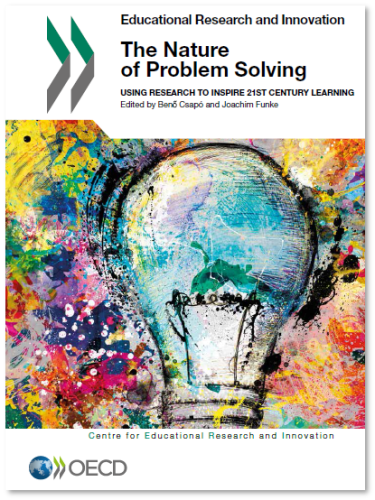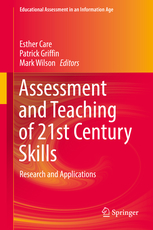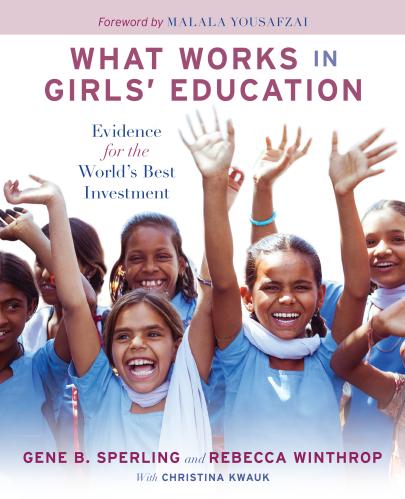The last two decades have seen a phenomenal rise in girls’ education and a concomitant decline or stagnation in female labor force participation in many regions in the world. The economic cost of gender inequality has been recently estimated to be as high as $12 trillion worldwide—the size of the U.S. and Chinese economies put together. But perhaps even more important than the economic benefits to country, community and family, is the intrinsic value to themselves, when women reach their full economic potential.
In my paper, I examine if the answer to the question in the title lies in differences in skill acquisition between men and women, differences in the way the market values identical skills depending on whether they are held by men or women, or in the gender division of labor in the household.
To read about my findings, see Why aren’t Sri Lankan women translating educational gains into workforce advantages?








Commentary
Why aren’t Sri Lankan women translating educational gains into workforce advantages?
December 21, 2015